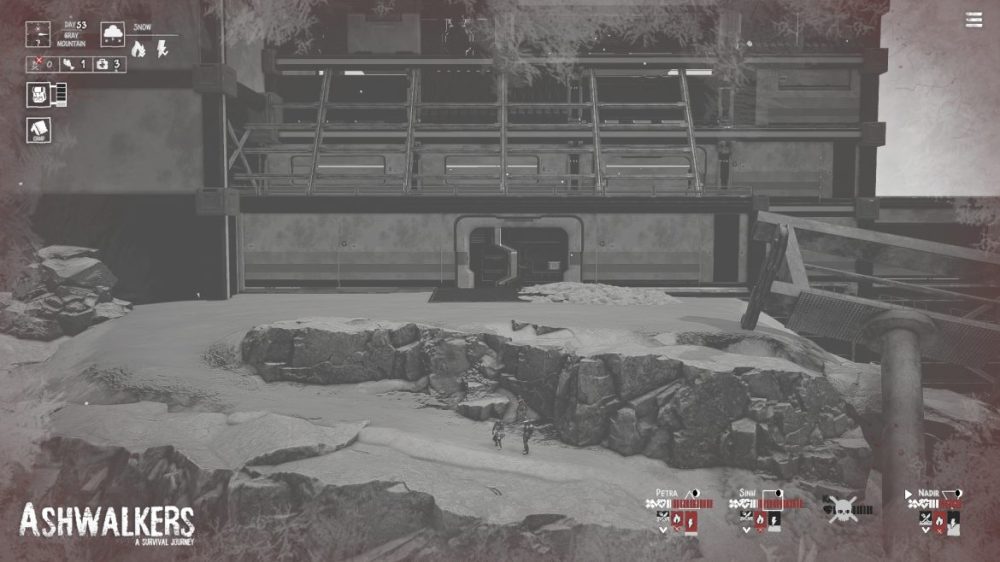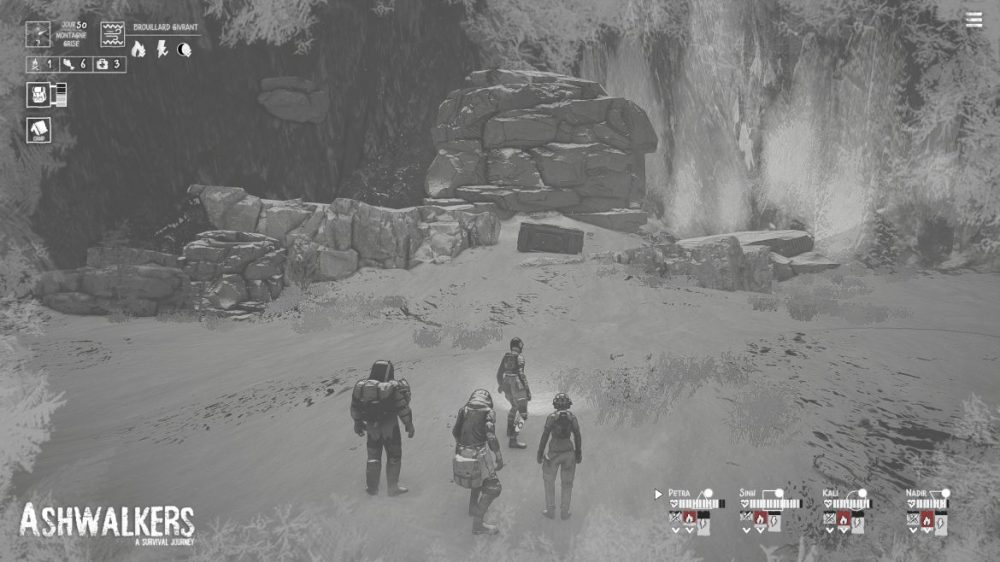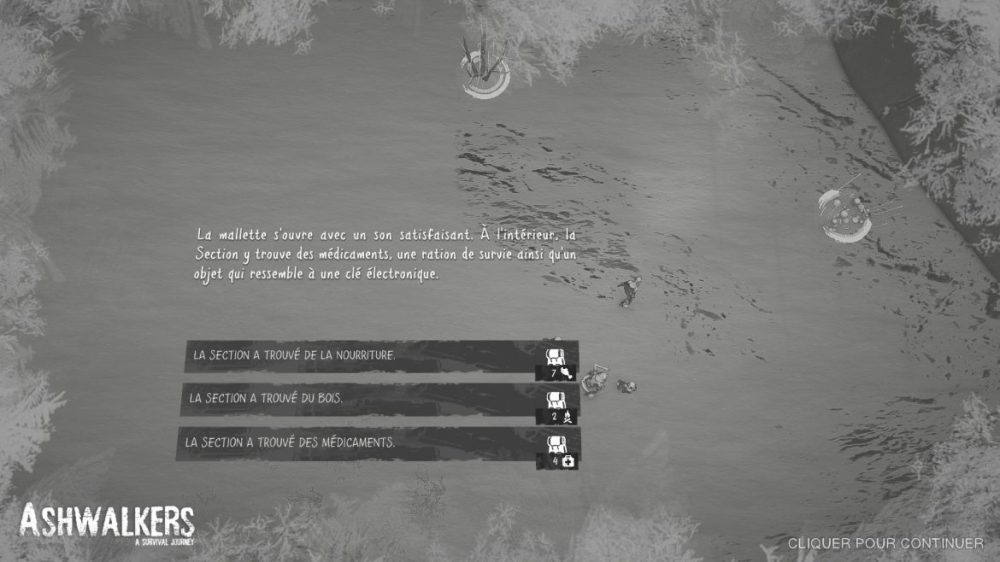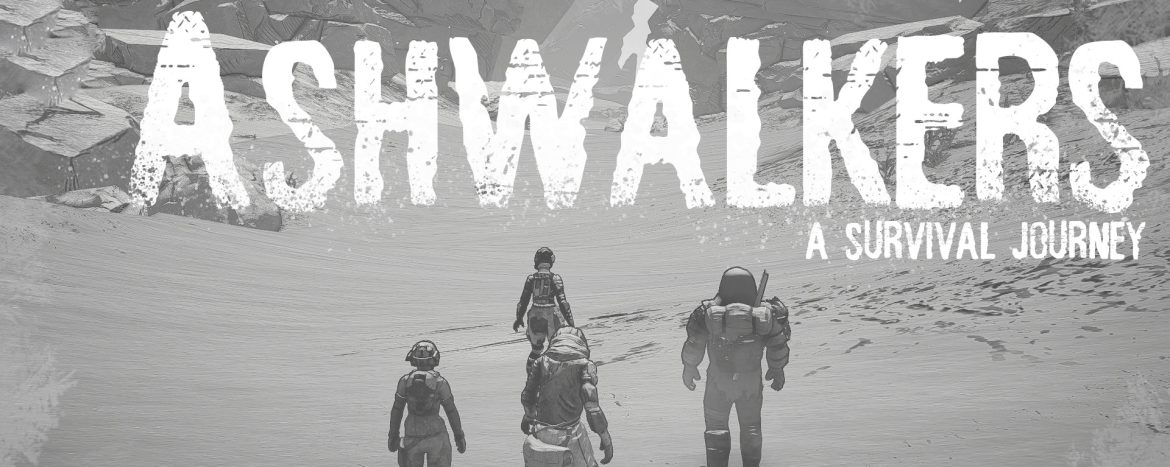TL;DR
Ashwalkers drops you into a bleak, ash-covered world where survival means scavenging and making tough text-based choices. While its black-and-white aesthetic aims for uniqueness, the game struggles to deliver engaging gameplay, feeling stuck between exploration and text adventure without offering direct interaction or combat. With 34 potential endings, replayability is high, but the uninspired narrative makes it hard to care about reaching any of them. The game runs well on the Switch, but ultimately feels like a missed opportunity. Discover if this monochrome survival journey is worth your time.
In a post-apocalyptic setting, shrouded in perpetual ash that renders the world monochrome, a small band of survivors navigates the desolation in search of vital supplies. Their journey becomes a relentless struggle for survival within this barren and unforgiving landscape.

Ashwalkers presents a distinctive approach, which, while potentially advantageous, ultimately falls short in its execution. The game leverages the post-apocalyptic theme to justify its entirely black-and-white visual presentation. Animations are functional, and the core gameplay revolves around traversing the desolate and colorless environment. Encounters within Ashwalkers lack direct interaction; combat, animations, and engagement are absent. Instead, all interactions are text-based, reminiscent of classic role-playing games. The outcomes of encounters, including damage sustained by characters and potential fatalities, are relayed through text, offering the player no direct agency.

Player choices dictate branching paths, leading to a reported 34 distinct endings within Ashwalkers, intended to encourage replayability and exploration. However, the narrative and overall game experience suffer from a lack of compelling elements, diminishing the incentive to pursue even a single ending. Ashwalkers might have benefited from a purely text-based implementation, akin to Zork, but complemented by evocative visuals. As it stands, the game occupies an ambiguous space between genres, oscillating between a third-person exploration game and a text-based strategy experience.

Ashwalkers performs consistently whether docked or in handheld mode on the Nintendo Switch. Text legibility remains adequate, even on the smaller integrated screen.

In conclusion, Ashwalkers diverged significantly from initial expectations. Its design conveys a sense of limited development resources, leading to a rapidly monotonous experience. Could this be considered an early example of the walking simulator genre?
Plug In Digital provided a review code for this assessment. The provision of materials does not influence our editorial independence; our reviews are conducted with a focus on providing unbiased information to our readers and consumers.
